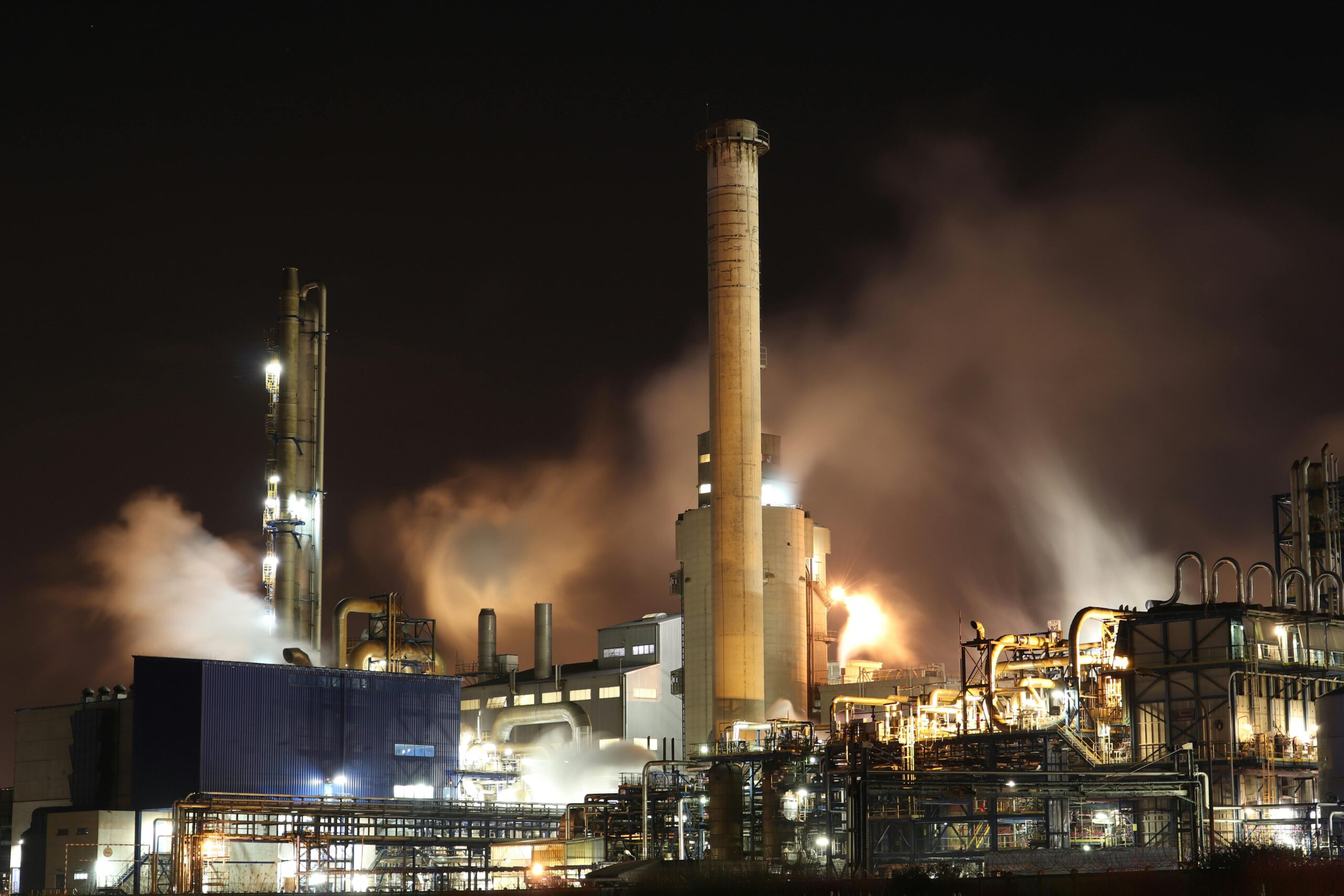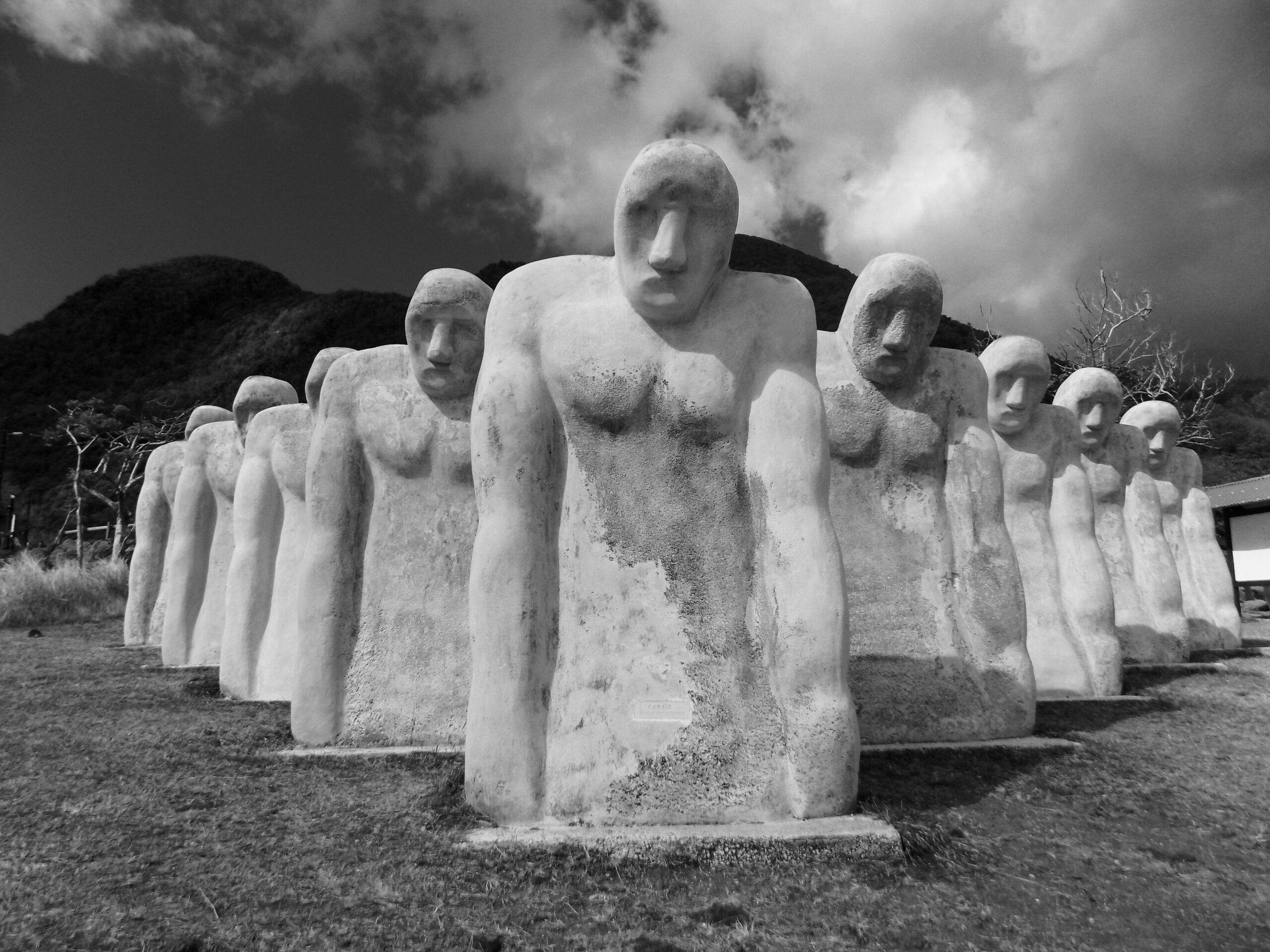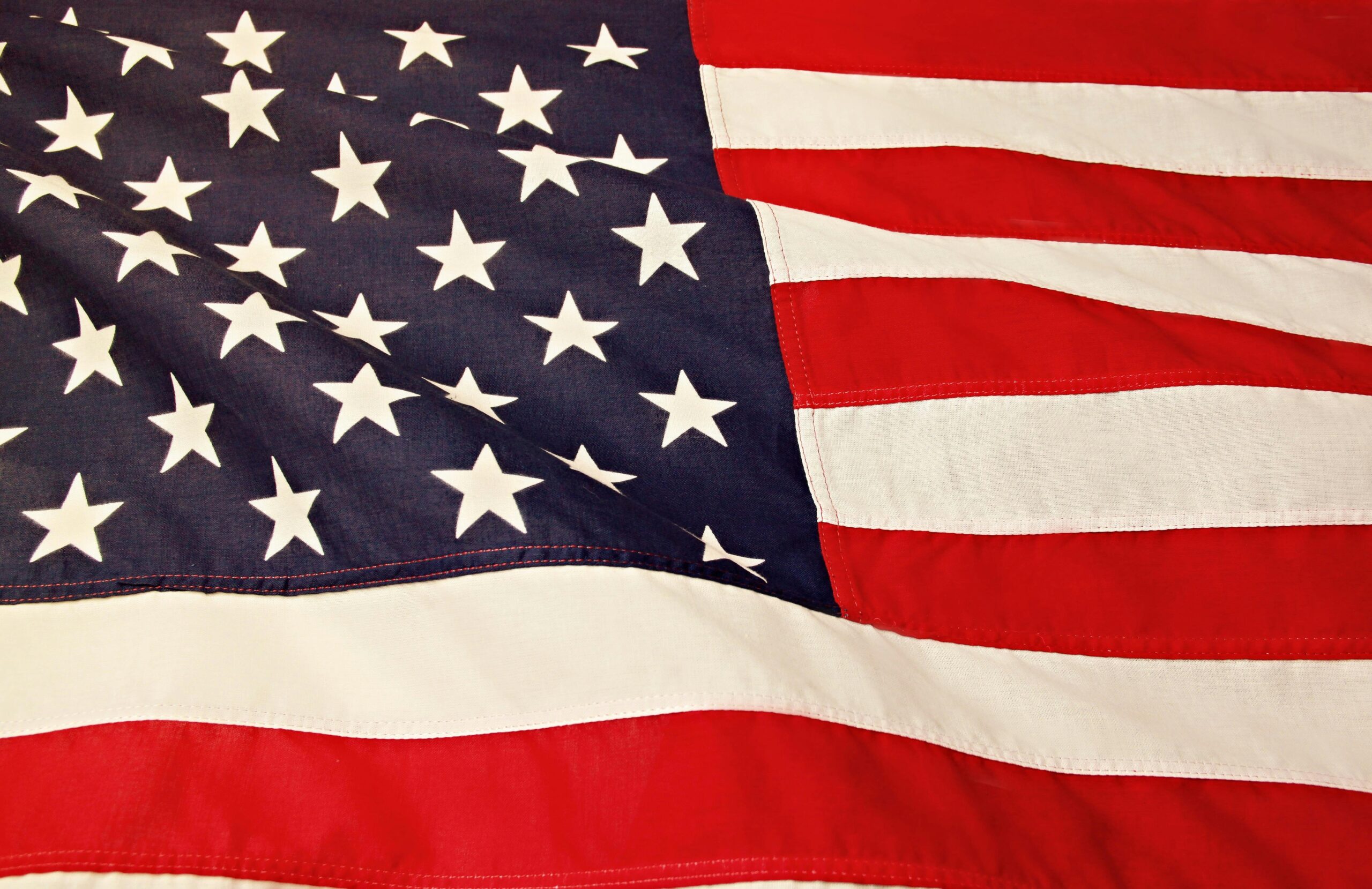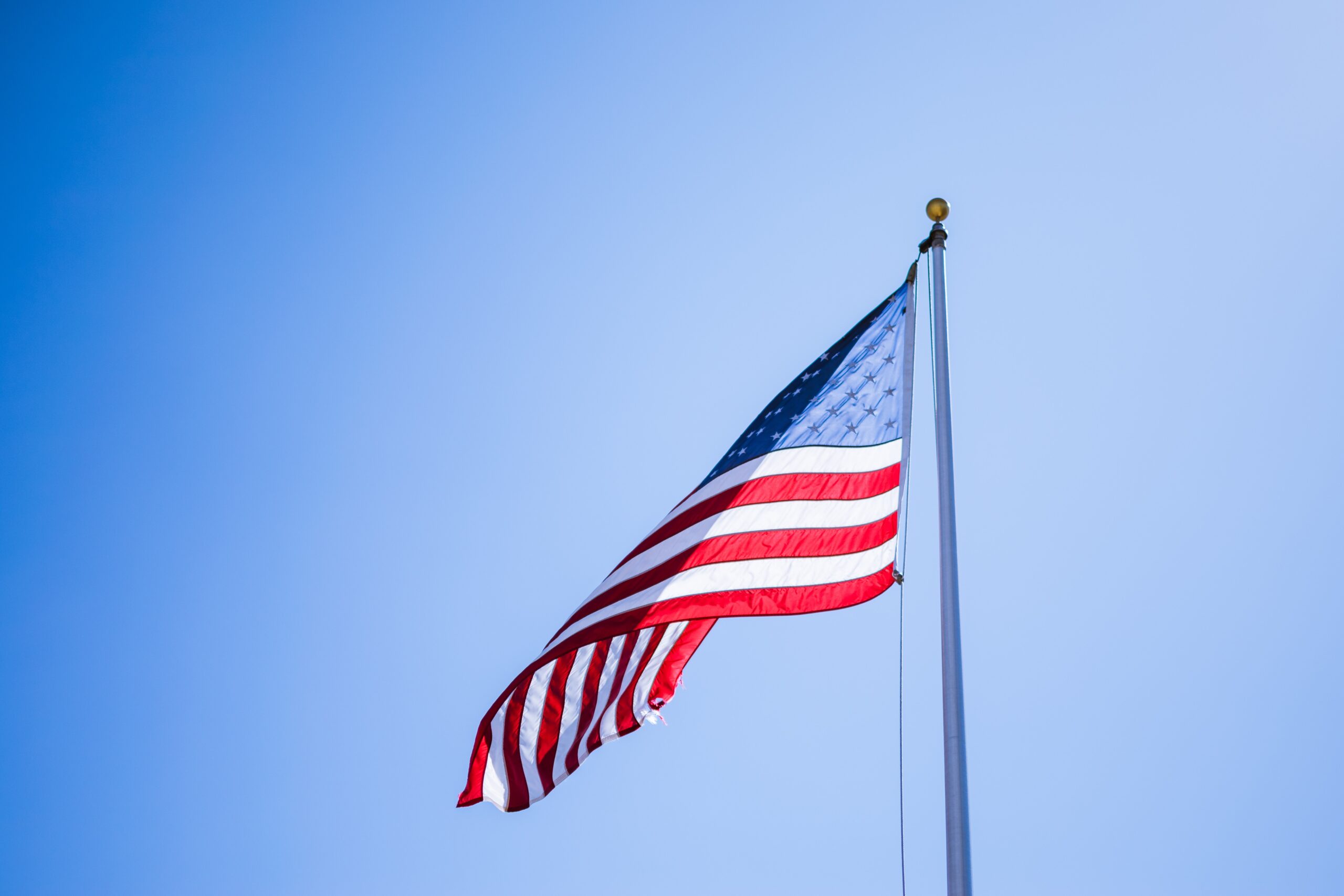In recent years, the political landscape in the United States has witnessed a seismic shift with the rise of populism. One of the most significant manifestations of this phenomenon was the election and subsequent presidency of Donald J. Trump. To understand the factors behind the Trump era, it is essential to delve into the roots of populism and analyze the socio-economic and cultural dynamics that fueled its rise.
Populism, in its essence, is a political ideology that claims to represent the interests of the common people against an elite or establishment deemed corrupt or out of touch. It often capitalizes on the discontent and frustration felt by a segment of the population that feels marginalized or ignored by traditional political parties. In the case of the Trump era, this discontent was particularly pronounced among working-class Americans who felt left behind by globalization and economic transformations.
The economic factors played a crucial role in paving the way for the rise of populism during the Trump era. Many working-class communities in the United States experienced a decline in manufacturing jobs and witnessed their industries being outsourced to other countries. This led to a sense of economic insecurity and loss of livelihoods, creating fertile ground for the populist message of protecting jobs and putting America first. Trump tapped into this sentiment by promising to bring back manufacturing jobs and renegotiate trade deals that were seen as unfavorable to American workers.
However, it is important to recognize that economic factors alone do not explain the full extent of the populist wave that swept across the United States. Cultural factors also played a significant role in fueling this movement. The country was undergoing profound demographic changes, with increasing diversity and the growing influence of identity politics. This shift triggered anxiety and a sense of cultural displacement among some segments of the population, who felt that their traditional values and way of life were under threat.
Trump’s rhetoric and messaging resonated with these concerns, as he appealed to a sense of national identity and vowed to protect American culture and values. His strong stance on immigration, for example, struck a chord with those who perceived immigration as a threat to their cultural identity and job prospects. This combination of economic and cultural anxieties formed a potent cocktail that galvanized support for Trump and his populist agenda.
Furthermore, the role of media and technology cannot be ignored in understanding the Trump era. The rise of social media platforms provided a new avenue for political communication and mobilization. Trump, with his keen understanding of the media landscape, effectively utilized Twitter to bypass traditional media channels and directly connect with his supporters. This direct communication style, often characterized by controversial and inflammatory statements, fueled his populist appeal and created a sense of authenticity among his base.
In conclusion, the factors behind the Trump era can be attributed to a combination of economic and cultural dynamics, as well as the influence of media and technology. The rise of populism during this time tapped into the discontent and frustration of a significant segment of the population, particularly those who felt economically marginalized and culturally threatened. The Trump presidency represented a wave of populism that reshaped the political landscape and sparked intense debates about the future direction of the United States. Understanding the underlying factors behind this era is crucial for comprehending the broader trends and challenges facing democratic societies today.
In recent years, the political landscape in the United States has witnessed a seismic shift with the rise of populism. One of the most significant manifestations of this phenomenon was the election and subsequent presidency of Donald J. Trump. To understand the factors behind the Trump era, it is essential to delve into the roots of populism and analyze the socio-economic and cultural dynamics that fueled its rise.
Populism, in its essence, is a political ideology that claims to represent the interests of the common people against an elite or establishment deemed corrupt or out of touch. It often capitalizes on the discontent and frustration felt by a segment of the population that feels marginalized or ignored by traditional political parties. In the case of the Trump era, this discontent was particularly pronounced among working-class Americans who felt left behind by globalization and economic transformations.
The economic factors played a crucial role in paving the way for the rise of populism during the Trump era. Many working-class communities in the United States experienced a decline in manufacturing jobs and witnessed their industries being outsourced to other countries. This led to a sense of economic insecurity and loss of livelihoods, creating fertile ground for the populist message of protecting jobs and putting America first. Trump tapped into this sentiment by promising to bring back manufacturing jobs and renegotiate trade deals that were seen as unfavorable to American workers.
However, it is important to recognize that economic factors alone do not explain the full extent of the populist wave that swept across the United States. Cultural factors also played a significant role in fueling this movement. The country was undergoing profound demographic changes, with increasing diversity and the growing influence of identity politics. This shift triggered anxiety and a sense of cultural displacement among some segments of the population, who felt that their traditional values and way of life were under threat.
Trump’s rhetoric and messaging resonated with these concerns, as he appealed to a sense of national identity and vowed to protect American culture and values. His strong stance on immigration, for example, struck a chord with those who perceived immigration as a threat to their cultural identity and job prospects. This combination of economic and cultural anxieties formed a potent cocktail that galvanized support for Trump and his populist agenda.
Furthermore, the role of media and technology cannot be ignored in understanding the Trump era. The rise of social media platforms provided a new avenue for political communication and mobilization. Trump, with his keen understanding of the media landscape, effectively utilized Twitter to bypass traditional media channels and directly connect with his supporters. This direct communication style, often characterized by controversial and inflammatory statements, fueled his populist appeal and created a sense of authenticity among his base.
In conclusion, the factors behind the Trump era can be attributed to a combination of economic and cultural dynamics, as well as the influence of media and technology. The rise of populism during this time tapped into the discontent and frustration of a significant segment of the population, particularly those who felt economically marginalized and culturally threatened. The Trump presidency represented a wave of populism that reshaped the political landscape and sparked intense debates about the future direction of the United States. Understanding the underlying factors behind this era is crucial for comprehending the broader trends and challenges facing democratic societies today.













Recent Comments